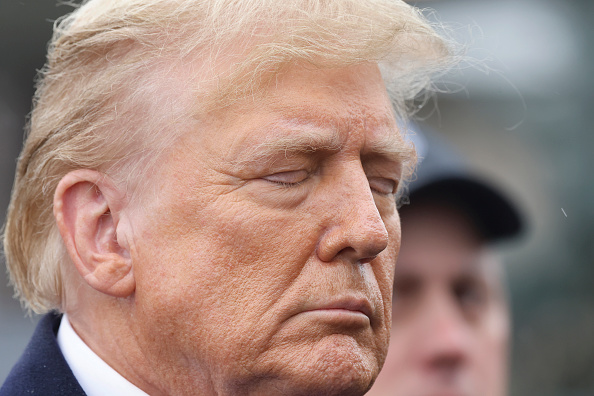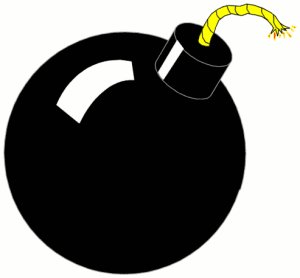To print this article, all you need is to be registered or login on Mondaq.com.
The Beijing High Court recently concluded a trademark
infringement dispute between the appellants Xinjiang Ka E
E-commerce Co., Ltd. (“Xinjiang Ka E”), Nanji E-commerce
Co., Ltd. (“Nanji E-commerce”), Nanji E-commerce
(Shanghai) Co., Ltd. (“Shanghai Nanji E-commerce”),
Shanghai Xinhezhao Enterprise Development Co., Ltd. (“Shanghai
Xinhezhao”) and the appellee Lacoste Company
(“Lacoste”) and the defendant in the original trial,
Beijing Surprise Outlet Mall Co., Ltd. (“Beijing
Surprise”). The court has dismissed the appeal and affirmed
the lower court’s decision.
The lower court found that Lacoste’s ![]() mark with reg. no. 141103 (“Cited
mark with reg. no. 141103 (“Cited
Mark”) reached well-known status before the filing date of the
![]() mark with reg. no. 5358242 and
mark with reg. no. 5358242 and
the ![]() mark with reg. no. 10499067
mark with reg. no. 10499067
(“Disputed Marks”) owned by Nanji E-commerce. The
appellants jointly infringed on Lacoste’s Cited Mark by using
the Disputed Marks in commercial activities and should immediately
stop infringing activities and are jointly and severally liable to
compensate Lacoste for economic losses of RMB14.8 million (USD2.04
million) and reasonable expenses of 250,000 yuan, totaling RMB15.05
million (USD2.08 million).
The Beijing High Court tried on the following issues.
1. The application of law. When the lower court judgment was
made, the Disputed Marks were valid. The lower court judgement is
appropriate in clarifying whether Lacoste’s Cited Mark
satisfied Article 11 of the Several Issues of the Supreme
People’s Court on the Application of Law in the Trial of Civil
Disputes Involving the Protection of Well-known Trademarks for
protection. However, given that the Disputed Marks had been
declared invalid during the second instance trial, the Disputed
Marks’ right was deemed to have ceased to exist from the
beginning, so said Article 11 no longer applies, and this court
changed the application of relevant laws in accordance with the
law.
2. Whether the use of the Disputed Marks on the accused
infringing goods infringes upon Lacoste’s Cited Mark. The
Disputed Marks were in Class 25 for clothing, hats, shoes and other
goods, which constituted the same or similar goods as the goods
“clothes” approved for the Cited Mark. The main
difference between the marks is that the head of the crocodile is
facing in a different direction. The overall comparison between the
marks is not obvious, and they constitute similar trademarks.
Therefore, without Lacoste’s permission, the use of the
Disputed Marks that were similar to the Cited Mark in the same or
similar goods such as Class 25 clothing, hats, and shoes may easily
cause the relevant public to misunderstand or confusion regarding
the source of the goods, or that there is an association between
the source of the accused infringing goods. The lower court’s
decision did not err in finding that the appellants infringed
Lacoste’s rights. Regarding the infringing goods in Class 18
such as backpacks, handbags, wallets, suitcases and other goods,
since they are in a different class than the clothing approved for
the Cited Mark, this court must assess whether the Cited Mark
constituted as a well-known mark. The evidence in this case can
prove that the Cited Mark enjoys a high fame on clothing products
and is well-known to the relevant public. Therefore, it can be
recognized as a well-known trademark and protected. Given that the
main difference between the Disputed Marks and the Cited Mark is
the direction of the crocodile’s face, the Disputed Marks
constituted a copy and imitation of the Cited Mark, and that the
Disputed Marks use on Class 18 goods such as backpacks and handbags
constituted as infringing. It was enough to cause the relevant
public to mistakenly believe that the Disputed Marks have some
connection with the well-known Cited Mark, thereby unfairly
exploiting the market reputation of the well-known Cited Mark. The
lower court’s decision that the appellants infringed upon
Lacoste’s rights is affirmed.
Regarding the appellant’s grounds for appeal that this case
is inconsistent with the Civil Judgment No. 3 of the Supreme
People’s Court (2009) Min San Zhong Zi (“Previous
Lawsuit”), the court held that the alleged infringement
involved in this case and the Previous Lawsuit had different time
of occurrence, location, and specific circumstances. Compared with
the Previous Lawsuit, the alleged infringement in this case has
significantly changed in the environment and state of use of the
Disputed Mark. The distinguishing factors have been greatly reduced
and the convergence factors have been greatly increased, such as
the product itself, its packaging, and product hangtags no longer
use the highly distinguishable “CARTELO and design” mark.
Some products only use the word “CARTELO” on the left or
below the crocodile design, which lost the distinctiveness that
could be used to identify the two marks. The use of the Disputed
Marks will inevitably cause confusion and misunderstanding with the
Cited Mark, so it has met the requirements for trademark
infringement. The user of the Disputed Marks failed to abide by the
obligation to refrain from using Lacoste’s trademark in a
similar manner and was at fault for changing the original market
perception and breaking the original market order. Therefore, it is
reasonable for the appellants to bear the corresponding adverse
consequences. The grounds of appeal of the appellant cannot be
found.
As for the settlement agreement signed overseas between Lacoste
and Lee Sheng Min Company (the former name of Crocodile
International, the original registrant of the Disputed Mark with
No. 5358242), due to the territorial nature of trademark rights,
the settlement agreement only applies to expressly agreed terms. In
the five countries or regions of Taiwan, Singapore, Indonesia,
Malaysia and Brunei, the coexistence of foreign trademarks
stipulated in the agreement cannot be the basis for determining
infringement in this case.
Regarding infringement liability and the amount of compensation.
In this case, the hangtag of the allegedly infringing product
showed that the manufacturer was Shanghai Xinhezhao, and the
trademark licensor was shown as Xinjiang Ka E or Nanji E-commerce.
These companies recognized themselves as the trademark licensees.
Nanji E-commerce’s wholly-owned subsidiary Shanghai Nanji
E-commerce is the registered operator of the official website of
the relevant brand and is responsible for publicity and investment
promotion on the official website. The four companies had division
of labor and cooperation in the process of carrying out the alleged
infringement, which constituted joint infringement. It was not
inappropriate for the lower court to decide that the four companies
jointly bore the infringement liability to stop the infringement
and compensate for the losses. In addition, the lower court found
the number and time range of the accused infringing stores for
calculating the amount of compensation based on Lacoste’s
claims and the evidence provided. It calculated sales according to
the different situations of the accused infringing stores and
determined the product based on the circumstances of the case.
Based on the profit margin and trademark contribution rate, the
lower court correctly found the final amount of damages to be RMB
14.8 million, and the court affirmed.
The content of this article is intended to provide a general
guide to the subject matter. Specialist advice should be sought
about your specific circumstances.
POPULAR ARTICLES ON: Intellectual Property from China
#Lacoste #Sued #Cartelo #Trademark #Infringement #Won #RMB #Million #Compensation #Trademark










